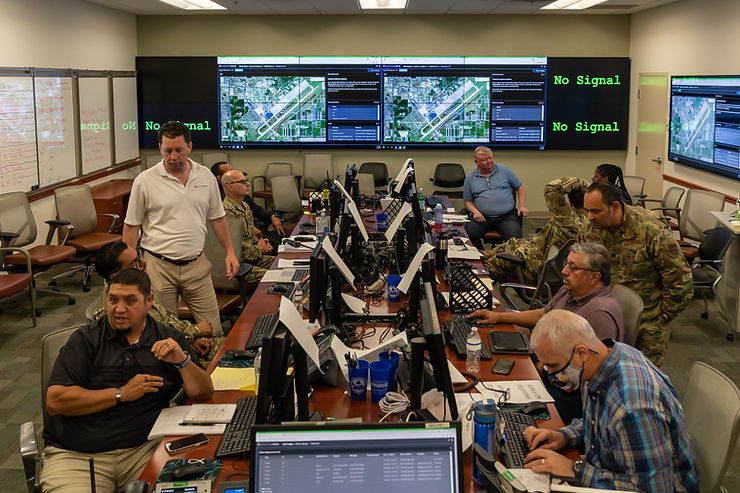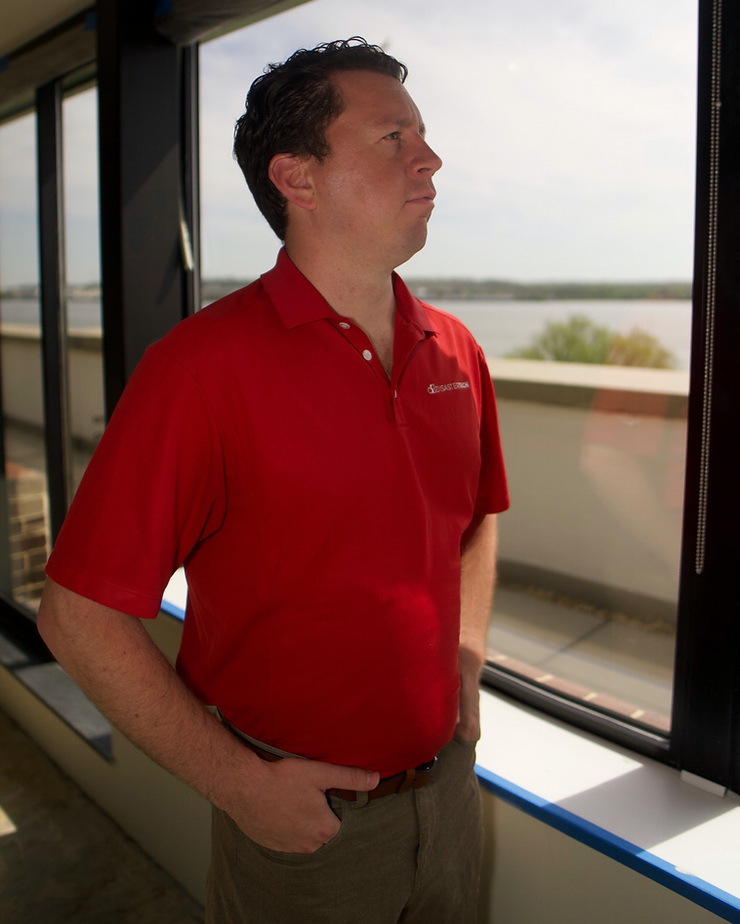Story by Liesel Schmidt
Disasters happen; fires, hurricanes, floods and now... pandemics. We prepare as much as we can, but sometimes it’s just not enough. This is why tech companies like Disaster Tech forecast these events to help mitigate fallout. As CEO of Disaster Tech, Sean Griffin uses his background as a Navy veteran and former director of the National Security Council to lead a company whose mission is to save lives through the use of purpose-built technologies, innovating the field of risk management and response through these technologies. “What makes me innovative are the people around me,” he says. “It's the collective action taken by communities, centered on solving difficult problems faced by humanity. That is what fuels innovation and human progress. At Disaster Tech, we have core design principles, and the first is co-designing with the communities that we serve. People-centered design is essential to understanding the needs of the community and what is required to solve their problem, where technology can assist in helping to save a life, in a fire, a flood, a collapsed building from an earthquake or in the aftermath of a hurricane. And as important as the life-saving activities in response to a disaster are, the real innovation will be where communities can take collective action to reduce risk and ‘future proof’ their city, town, region or neighborhood against future disasters. This requires people with high levels of risk literacy. They must understand how to identify, interpret and interrogate risks in their own backyard and generate the political will to demand that institutions like government agencies align the resources for planning for and mitigating future risks to storms, sea-level rise and the many perils of climate change.”
... as important as the life-saving activities in response to a disaster are, the real innovation will be where communities can take collective action to reduce risk and ‘future proof’ their city, town, region or neighborhood against future disasters. - Sean
Griffin's greatest purpose, along with that of Disaster Tech, is saving lives and building technology to aid in this mission. “Our technology is being used by government agencies and energy companies to prepare for future disasters,” he notes. “That is how we save lives.”
Clearly, Griffin is passionate about his work—especially when it comes to his local community. “There is a saying that there are no natural disasters and that disasters are a result of bad decisions made by humans that amplify the risk and exposure to hazards like floods,” he posits. “Alexandria is an example where one hurricane moving from east to west along the Potomac could have devastating storm surge and flooding, pushing a massive wall of water onto the land and destroying homes and businesses. How aware are the people of Alexandria of these risks? Our hope is that, through the use of our technologies, citizens are aware of the risk, they prepare and when the storm comes, lives are saved in the process—in Alexandria or in any community across America. If I could design one thing, it would be technology that assists the most vulnerable, since they are at the greatest risk of loss in future disasters.”

As fast as technology changes, Griffin knows the importance of staying up-to-date. “I read a lot,” he says of how he keeps abreast of the latest innovations. “Also, I’ve learned to associate with people who seek a better world through innovation and human progress.”



